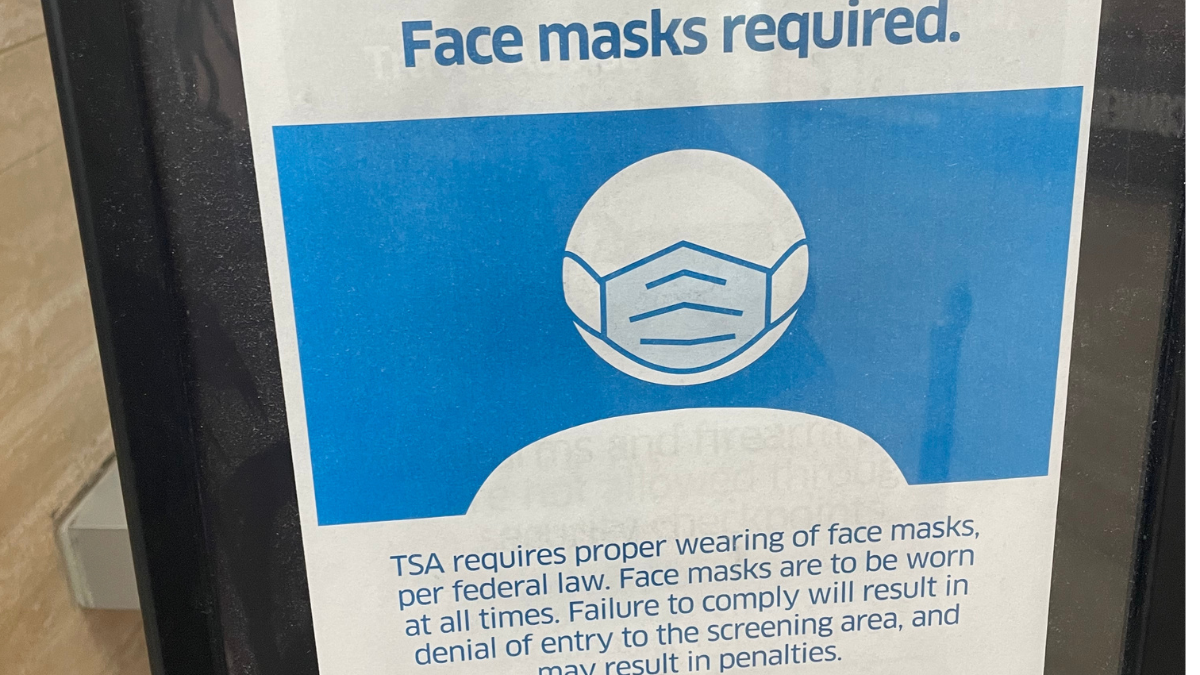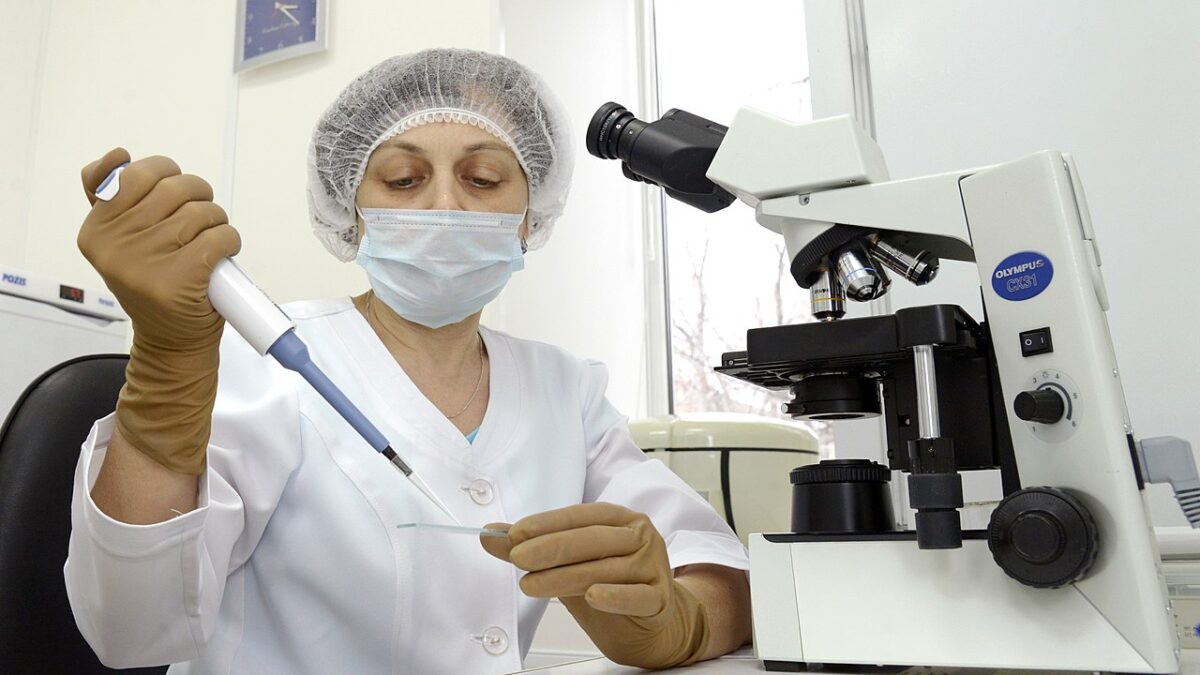
With the summer drawing to a close, the big question for nearly 60 million U.S. school-age children is whether they can return to school for in-person learning, or must remain at home limited to virtual education. States and municipalities differ widely on whether and how to re-open schools based on differing assessments of the risks of COVID-19 to children if they are in direct contact with each other and with teachers.
Teachers’ unions are resisting school re-opening with political demands that have nothing to do with teaching, such as defunding the police, passage of Medicare-for-All, and elimination of competing charter schools. On “Fox and Friends” on August 5, President Trump said it is safe to re-open public schools because children are “almost immune.” Re-opening would benefit both children and teachers, and allow parents to return to work.
Immediately following this assertion, PolitiFact wrote that childhood immunity was a lie, that there was no evidence to support such a claim. The Wall Street Journal headline on August 10 read: “Virus risk to kids now seen higher.”
The lack of unselected, mass population testing for both the COVID-19 antigen, as a marker for current infection, and COVID-19 antibodies that indicate previous infection, limits what can be reliably claimed about the health risks of re-opening schools. However, useful and reliable other data does exist.
First, some clarity of terms is necessary. “Total U.S. COVID cases” refers only to those who have tested positive for the virus. The word “case” is mentally associated with the word patient and implies that a case is someone who is sick. This is incorrect and a main reason for our national overreaction to the virus. To avoid the confusion and panic that 5 million “cases” generates, the number should be reported as “Total U.S. positive COVID-19 tests.”
Furthermore, the actual number of Americans infected with COVID-19 is certain to be much higher than 5 million, as only those with symptoms are typically tested. According to a small study of asymptomatic volunteers in Santa Clara County, Calif., the number of untested asymptomatic COVID infections could be 50 to 85 times greater than reported total cases.
The term “COVID deaths,” currently at 166,090, is another misnomer. The majority of these deaths are people who died with the virus, not because of it. Most of those who died likely succumbed to their pre-existing life-threatening medical conditions such as diabetes, immune compromise, heart or kidney failure, and chronic lung disease. Often the deceased who also tested positive for COVID-19 had two or more of these conditions.
Immunity is a medical term meaning resistant to becoming infected. Being infected means the live virus is present and growing. Infection does not always lead to sickness. In fact, with COVID-19, tens of millions of Americans are infected now or were previously infected and are not and never were ill.
With clarity of nomenclature, we can now analyze some data. Of the first 150,000 patients tested for COVID-19, 2,500 were under age 19 years, a childhood incidence of 1.7 percent who tested as positive, i.e., infected. Centers for Disease Control data gathered from 14 states from March 1, 2020 to July 25, 2020 reported hospitalization rates of 164.5 per 100,000 for adults and 8 per 100,000 in children. Clearly children are much less likely than adults to become severely ill when infected.
On August 5, 2020, the same day as President Trump made his “almost immune” claim, the CDC reported 142,164 total deaths attributed to COVID-19. Forty-five of these deaths, 0.03 percent, were children. In other words, the likelihood that a child infected with COVID-19 will survive is so far 99.97 percent.
Strictly speaking, children are not completely immune to infection, but they are indeed “almost immune.” Most definitely, children are highly resistant to illness and death from the virus.
Most vaccines currently available against other viral illnesses do not match the apparent natural resistance that children exhibit to COVID-19. The seasonal flu vaccine is usually 40-60 percent protective and the VPD-VAC Varicella (chicken pox) vaccination is effective in 82 percent of patients. Only the spectacular 99 percent protection achieved by polio vaccination approaches the 99.97 percent of childhood near-immunity to COVID-19.
Although the scourge of poliomyelitis has been eliminated in the United States, the virus is still alive in nature and active in pockets in Mexico. It cannot gain a foothold here because we developed herd immunity. When enough Americans have been infected with COVID-19 and have developed their immune responses, both antibody and cellular, we may acquire herd immunity and be able to say goodbye to COVID-19.
Based on the above information, it is safe for American children to return to in-person schooling.
It is also safe for teachers, provided they have no pre-existing serious medical conditions. Studies both in the United States and Italy show the risk of serious illness and death from COVID-19 is directly related to having one or more co-morbidities previously noted.
Without diabetes, immune deficiency, etc., a healthy teacher’s risk of catching a dangerous case of COVID-19 from kids is similar to the teacher’s risk from the seasonal flu. We don’t close schools for the flu. Teachers who have serious pre-existing medical conditions should remain quarantined, but could be “virtual” teachers from home.









